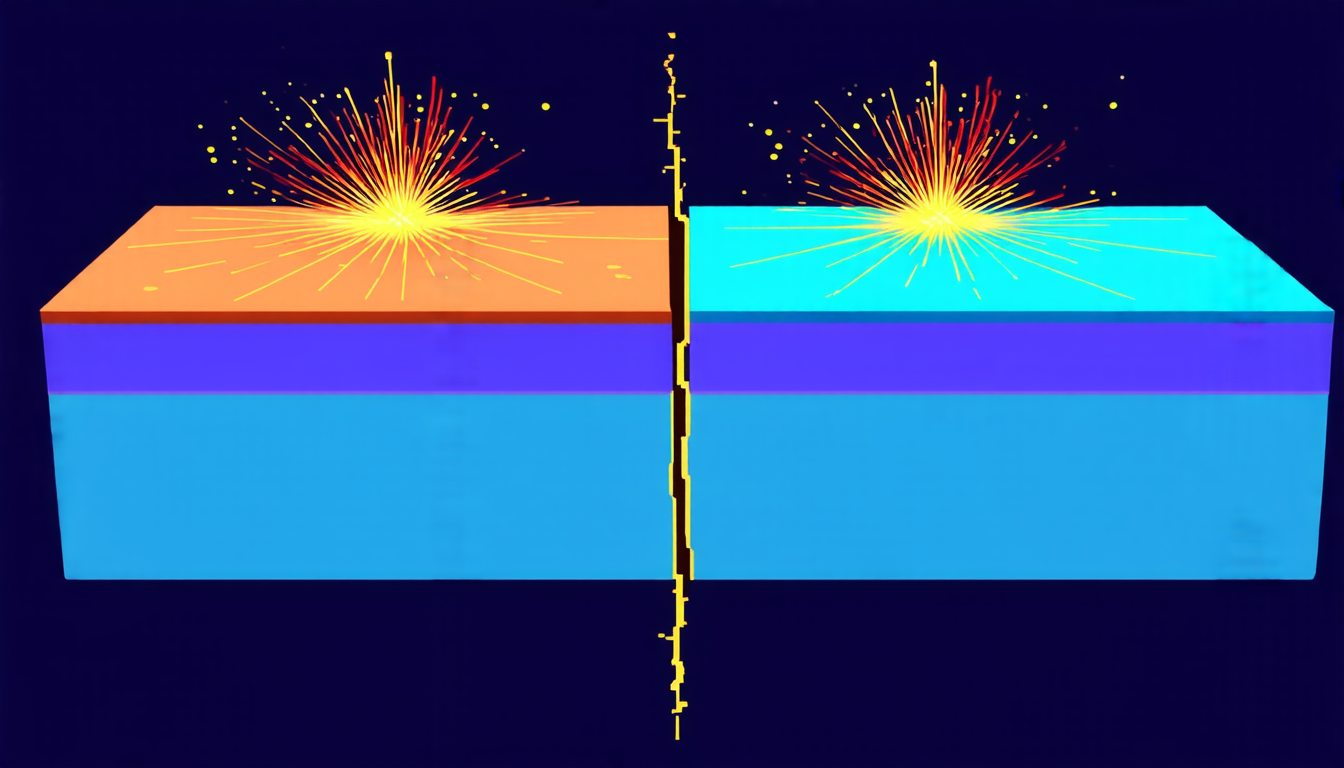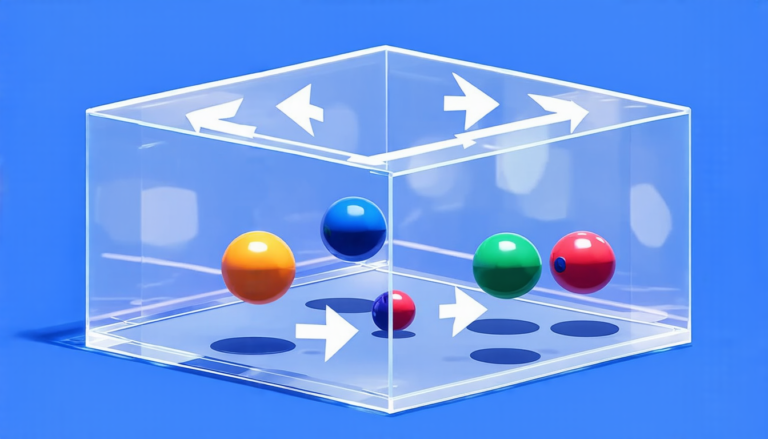Sunday 16 March 2025
Scientists have made a fascinating discovery that sheds new light on the behavior of excitons, tiny particles that are the building blocks of light-emitting materials. These particles are formed when an electron and its antimatter counterpart, a positron, come together to create a bound state.
Researchers have been studying excitons for years, but they’ve never been able to observe them directly in action. That’s because excitons are extremely short-lived, lasting only fractions of a second before they break apart. But by using a special type of material called a double bilayer, scientists have been able to trap these particles and study their behavior.
The double bilayer is made up of two layers of material that are separated by a thin layer of insulator. When an electron from one layer meets a positron from the other layer, they form an exciton. This particle is then trapped in the gap between the two layers, allowing scientists to study its behavior in detail.
One of the most surprising things about excitons is their ability to exhibit quantum behavior. This means that they can exist in multiple places at once, and their properties are affected by the observer’s presence. Scientists have been able to observe this behavior by using a technique called interferometry, which involves splitting the light from an exciton into two different paths.
The results of these experiments have provided new insights into the nature of excitons and how they behave. They’ve also opened up new possibilities for the development of quantum computing and other advanced technologies.
In addition to their potential applications in technology, excitons are also interesting objects of study in their own right. They offer scientists a unique window into the behavior of particles at the smallest scales, and could potentially lead to new understandings of the fundamental laws of physics.
Overall, the discovery of excitons is an exciting development that has the potential to revolutionize our understanding of the universe. By studying these tiny particles, scientists may be able to unlock new secrets about the nature of reality itself.
Cite this article: “Unveiling the Secrets of Excitons: A Window into Quantum Behavior”, The Science Archive, 2025.
Excitons, Quantum Behavior, Antimatter, Positrons, Electrons, Materials Science, Light-Emitting, Double Bilayer, Interferometry, Physics







